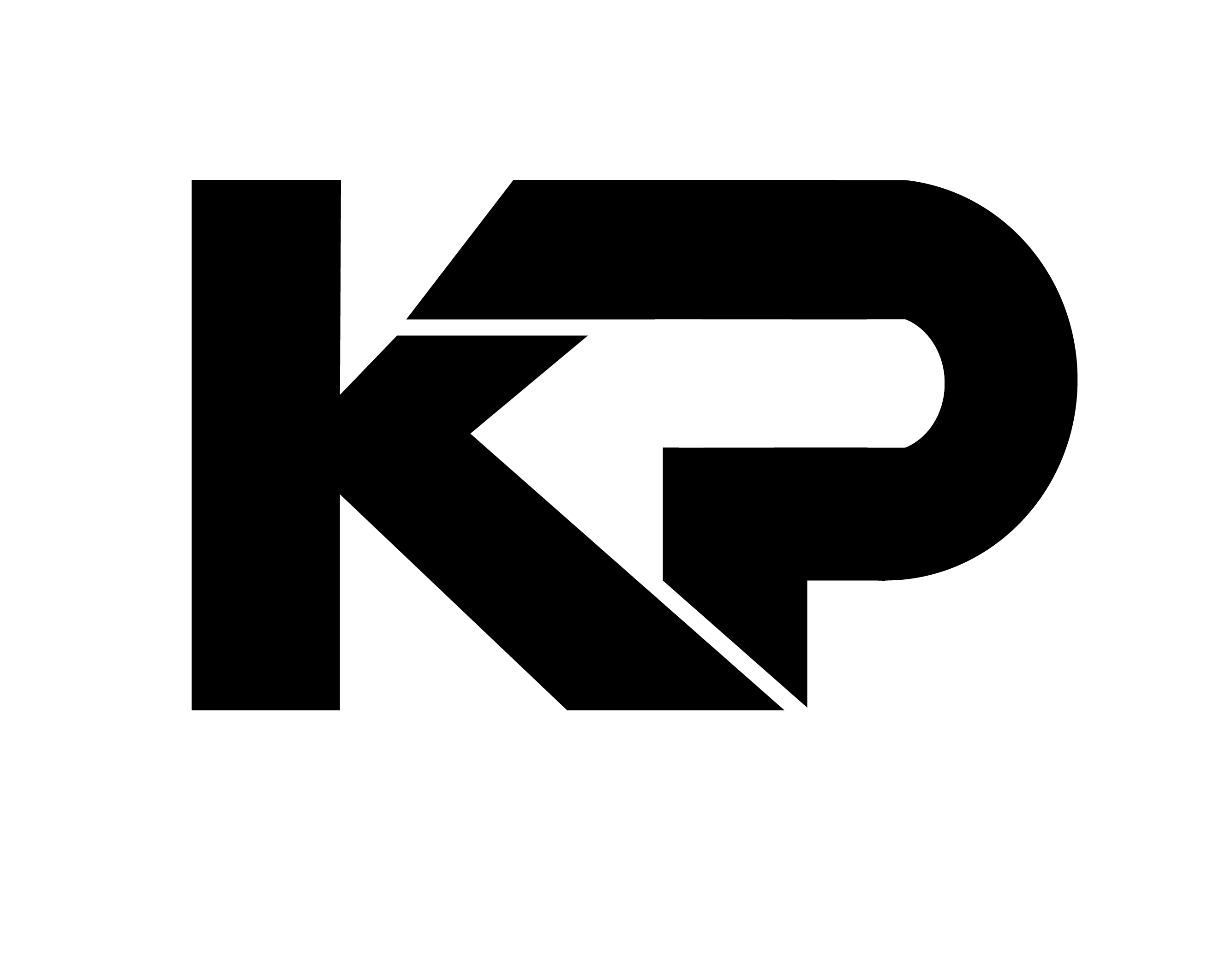
This strength training motto is one of my favorite things to say. The squats are the king of all exercises (in my opinion) because it is a multi-compound movement targeting several muscle groups at the same time (glutes, quads, hamstrings, while activating the core, shoulders, and back).
Whether the goal is to improve athletic performance, build herculean legs, or have a better butt, squats are a foundational component in a balanced program. Squats are also an essential movement pattern to daily living. For example, sitting down and getting up. Although, there are many variations of squats, my top two favorites are the front and back squats. These two movements require a barbell to be placed on either the anterior or posterior side of the body.
Front Squats
During the front squat, the barbell is placed on the anterior deltoids or the front of the shoulder girdle. There are two types of front squats, the cross-arm grip and the “clean” grip. The cross-arm grip is when your arms are crossed in front of you (I’m not a big fan of this because you can’t lock the bar and use too much weight). The “clean” grip is when the shoulder and elbow joint are in flexion, while the wrist are in extension holding the bar in place. Also, the “clean” grip translates better when you want to learn/perform the clean. The primary muscles targeted in this movement are the quadriceps muscles.
Advantages:
- It carries over to the clean and jerk
- It increases core stabilization and it is better for upper-back development
- It effectively works the quadriceps muscle
- It helps train your shoulder and wrist flexibility
Back Squats
The back squat is when the barbell is placed between the upper trapezius and the posterior deltoids. The two types of back squat, the high bar back squat and the low bar back squat. The high bar back squat sits higher on the upper trapezius, while the low bar back squat sits lower around the posterior deltoids across the scapula spine. In addition, the low bar back squat increases flexion of the torso. The back squat targets more of the posterior chain (glutes and hamstrings).
Advantages:
- It allows for maximal strength gains due to the ability to handle heavier loads
- It increases hip drive
- It’s easier to transfer weight on the heels
- It activates the glutes and hamstrings in comparison to the front squat
Before utilizing the front and back squats, it’s important that you know how to properly execute these movements. There are progressions to take if you have limitations in executing both squat movements; limitations can include lack of technique, mobility, and stability. If you’re interested in learning more about overcoming limitations, eventually I will write a post specifically about it.
No matter what type of squats you use, it’s always better to incorporate some sort of squat pattern in to your training progress. Each squat has its own advantages, it’s dependant on your goal to choose how to integrate it in your programming. Overall, the movement pattern of a squat is essential to having a body that is strong and functional.
#GritTip! If you want to learn more about the science behind the bio-mechanical comparison of the back and front squats, check out the journal below:
A Biomechanical Comparison of Back And Front Squats in Healthy Trained Individuals by Jonathan C. Gullet et. al.
Related


